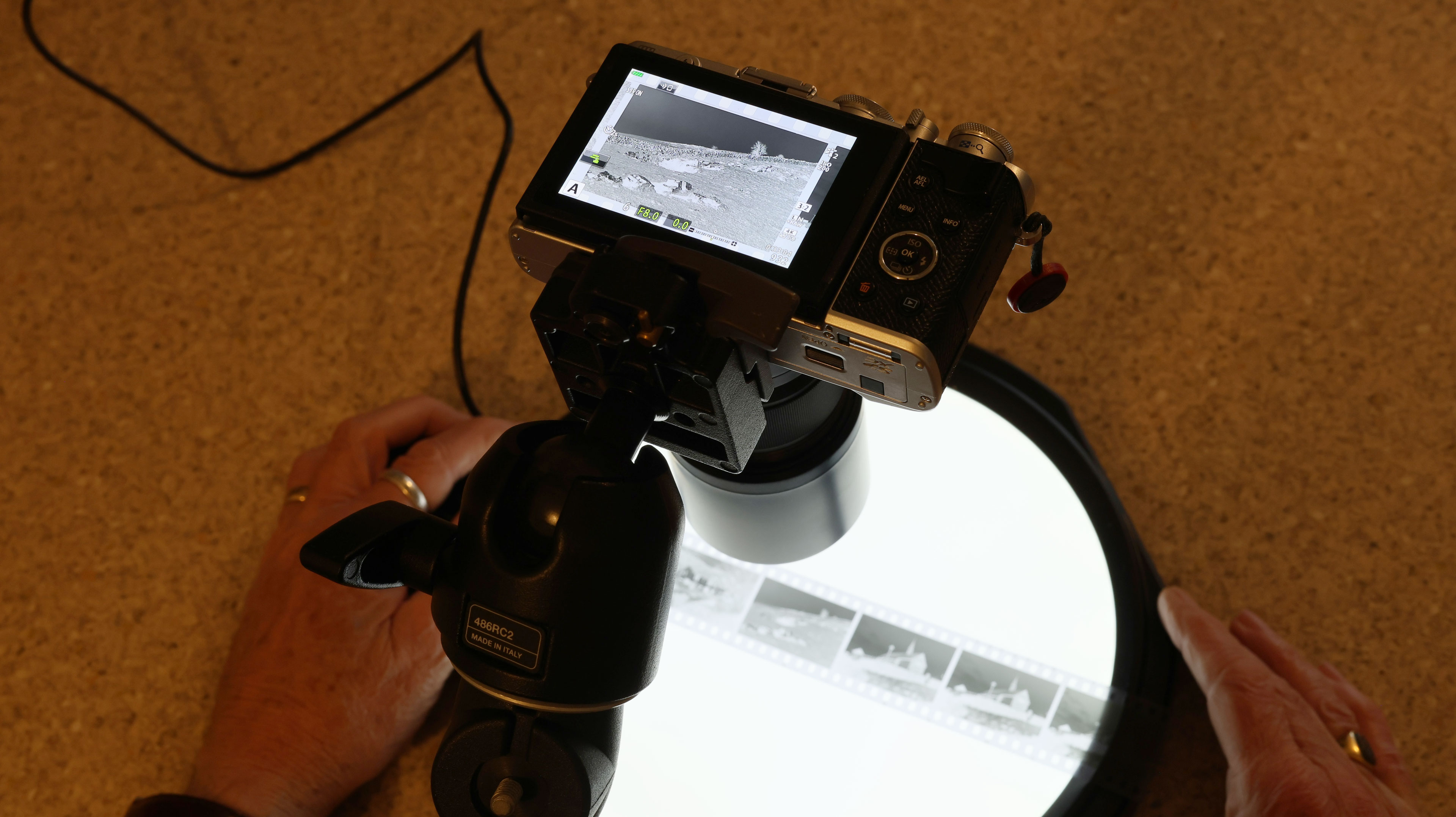Windows 11 is coming: all-new interface, Android app support, and it's free!
Windows 10 was once hailed as being "the last major release" of Windows, but now version 11 is expected later this year
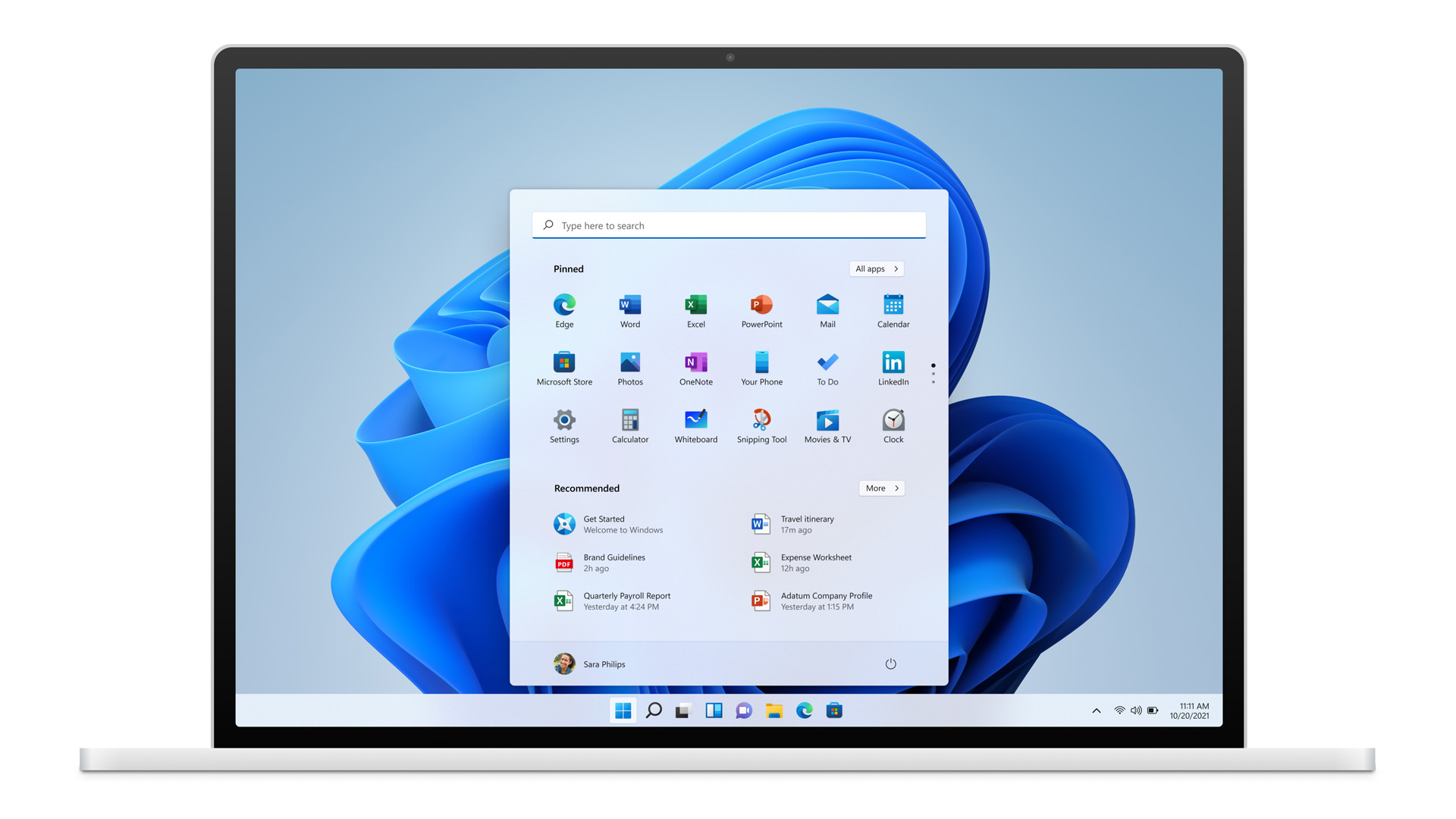
Microsoft has revealed that the next version of its Windows operating system will be called… wait for it… Windows 11! But while the tech giant may have played it safe with the name, first indications hint that this is set to be a radically different OS to Windows 10.
Here are 11 things you need to know about what’s coming in Windows 11…
1. New Start menu
Windows 11 will include a brand new Start menu and Start button, which will be aligned at the center of the taskbar. Contrast this to the current location of the start menu/button at the left of the taskbar – something which has remained consistent since the Start button was introduced in Windows 95.
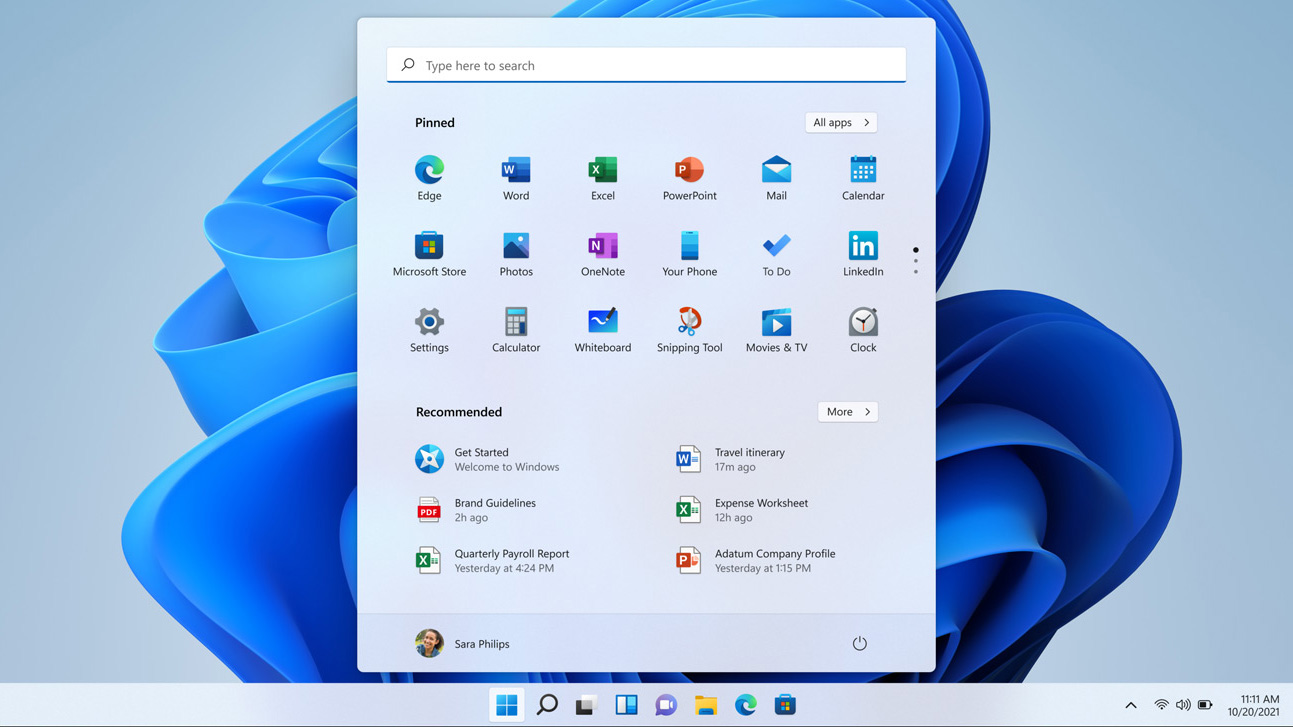
The design of the Start menu will also differ considerably to that of Windows 10, as it’ll drop the Live Tile design introduced in Windows 8. The new Start menu will instead be more akin to a Chrome OS or Android app launcher, with sections for apps, recent documents and search. The overall aesthetic is clearly a nod to macOS and Chrome OS, but that’s not necessarily a bad thing. Microsoft received much criticism at the launch of Windows 8 for its Live Tile Start menu, as its focus on touch-based input meant it felt unnatural when used with a traditional desktop mouse, especially when contrasted with the more traditional Windows 7 Start menu. While Microsoft did fine tune the Live Tile Start menu design in Windows 8.1 and version 10, it always felt like a development of a flawed core concept. Hence a new clean-sheet Start menu design could add some much-needed ergonomic cohesion.
2. Snap Layouts
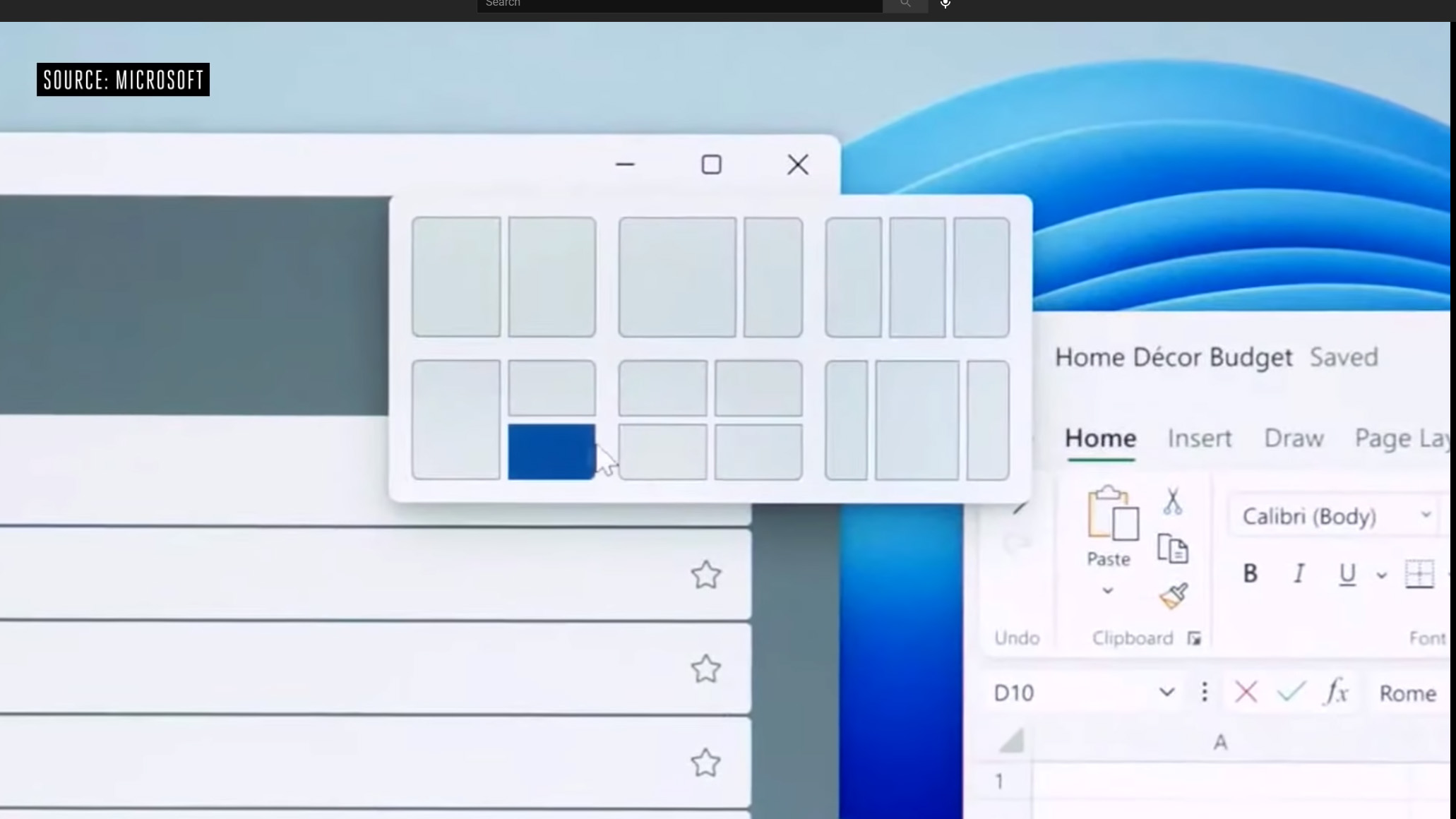
Snap Layouts looks like a development of the incredibly useful Windows Snap, first introduced in Windows 7 as ‘Aero Snap’. In Windows 10, this enables users to drag an open window to the left or right of screen to fill the left or right half of the monitor, and snap a second window to fill the remaining half. The trick can also work with a 4-up ‘quad’ layout, by dragging each app to different corners of the screen. The new Snap Layouts Windows 11 feature seems to let you instantly arrange open programs to a set app layout – no separate click/drag motion required. An additional Snap Groups feature will recall the layout of open apps, making it even easier to revert to a preferred app layout – particularly useful when working across multiple monitors, or when using a portable monitor alongside a laptop.
3. Separate desktops
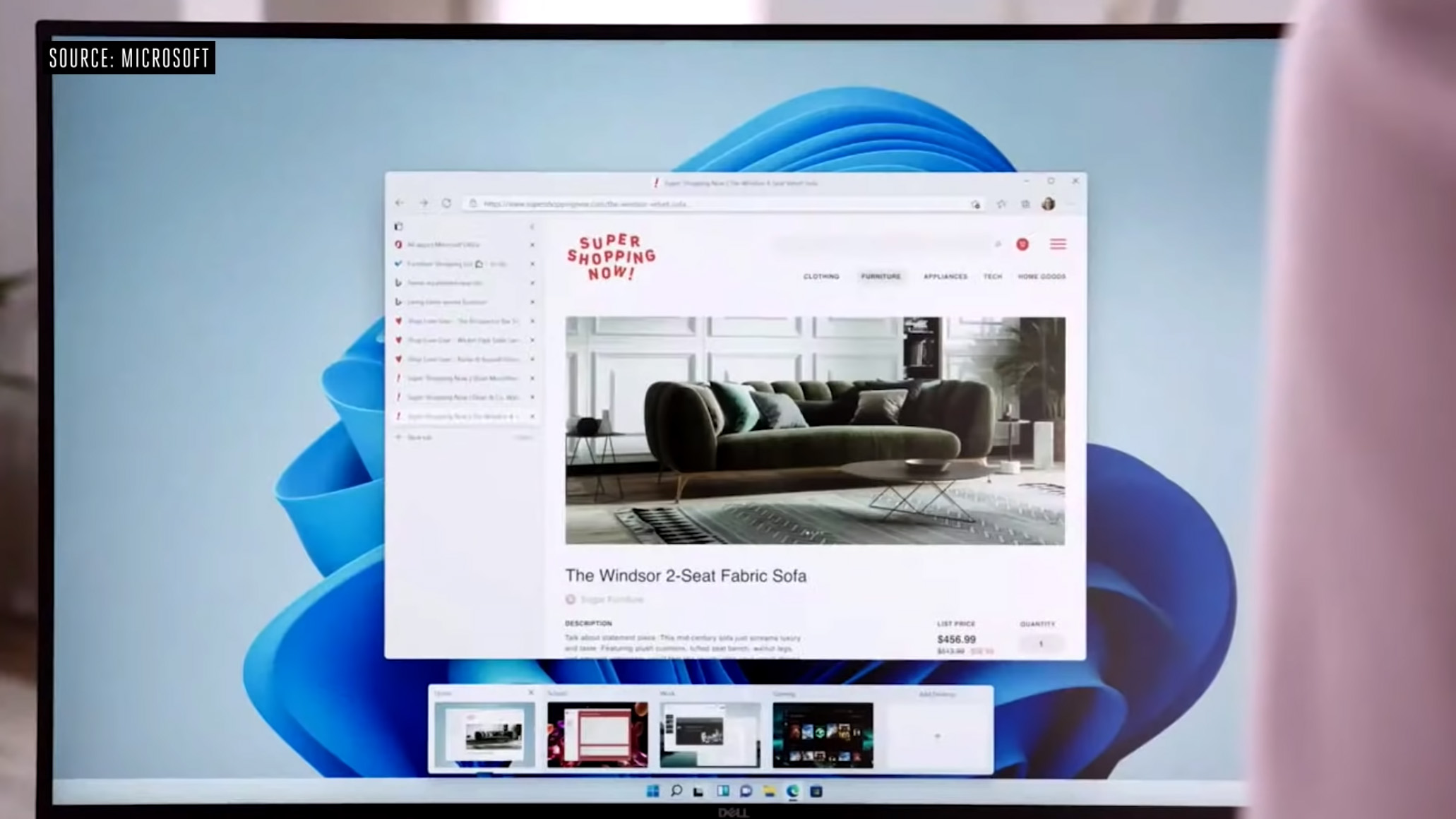
With Windows 11, you can now have separate desktops for home, school, work or gaming, making it easier to separate home, work and play environments for fewer distractions – especially useful with the rise of home working.
4. Windows update streamlining
Microsoft is claiming Windows 11 updates will be 40 per cent smaller than Windows 10 updates and will be downloaded and installed in the background to be less intrusive. Quite how Microsoft is able to quantify that each and every update will be 40 per cent smaller than before is a bit beyond us, as surely even Microsoft can’t predict the future, but any attempt at making Windows updates less tedious can only be a good thing.
The best camera deals, reviews, product advice, and unmissable photography news, direct to your inbox!
5. Microsoft Teams integration
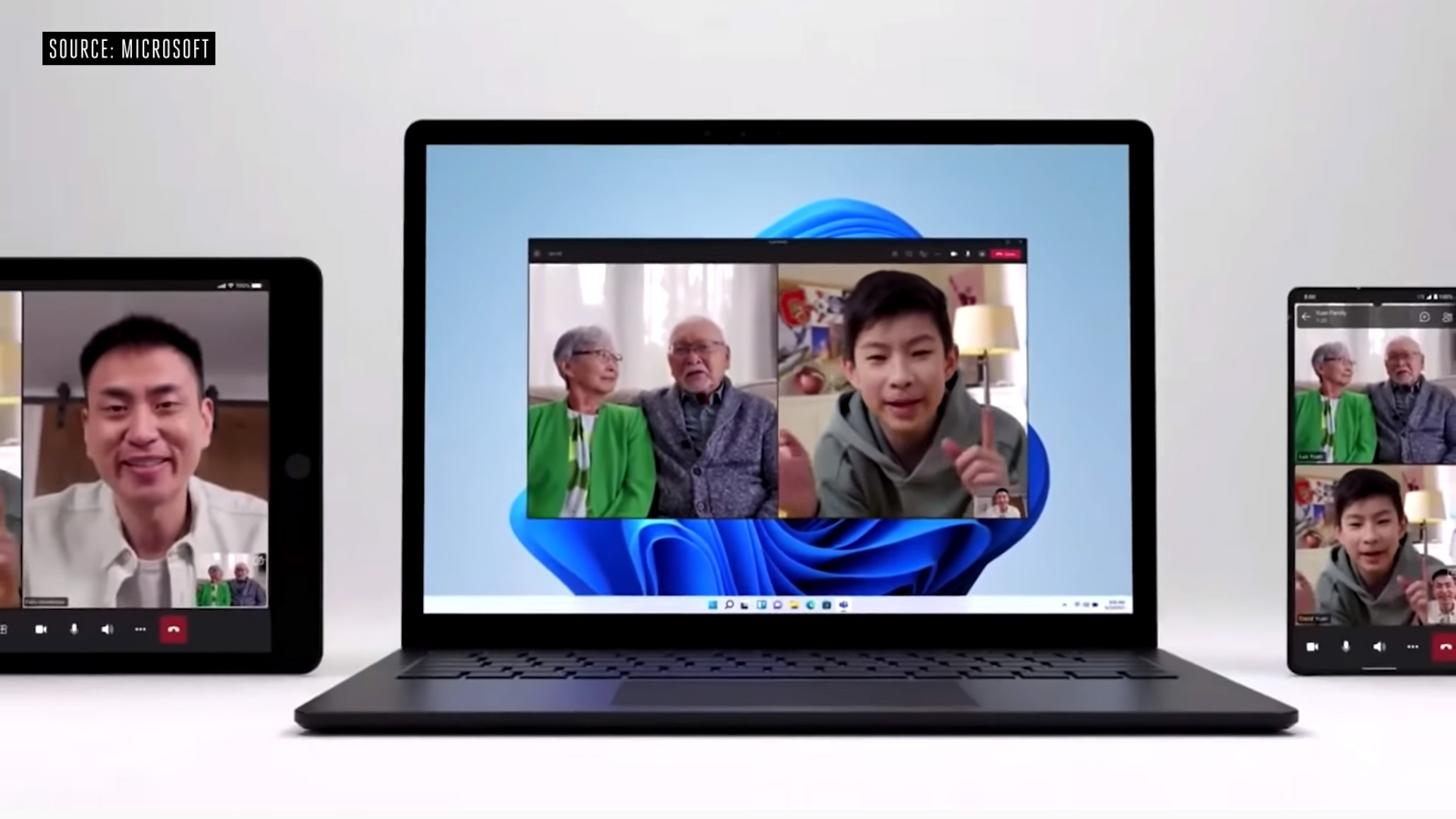
Windows 11 will see Microsoft Teams incorporated as a core feature of the OS, rather than a separate app. It was a no-brainer that Microsoft would seek to enhance Teams’ visibility since the popularity of video conferencing has exploded in a post-Covid society. Teams will be included in the taskbar and looks set to steal the focus from Skype as the go-to Windows communication app for connecting with family, friends and colleagues. Windows 11 will also include a universal cross-software mute button in the system tray allowing you to mute yourself across all apps at the click of an icon.
6. Windows Widgets
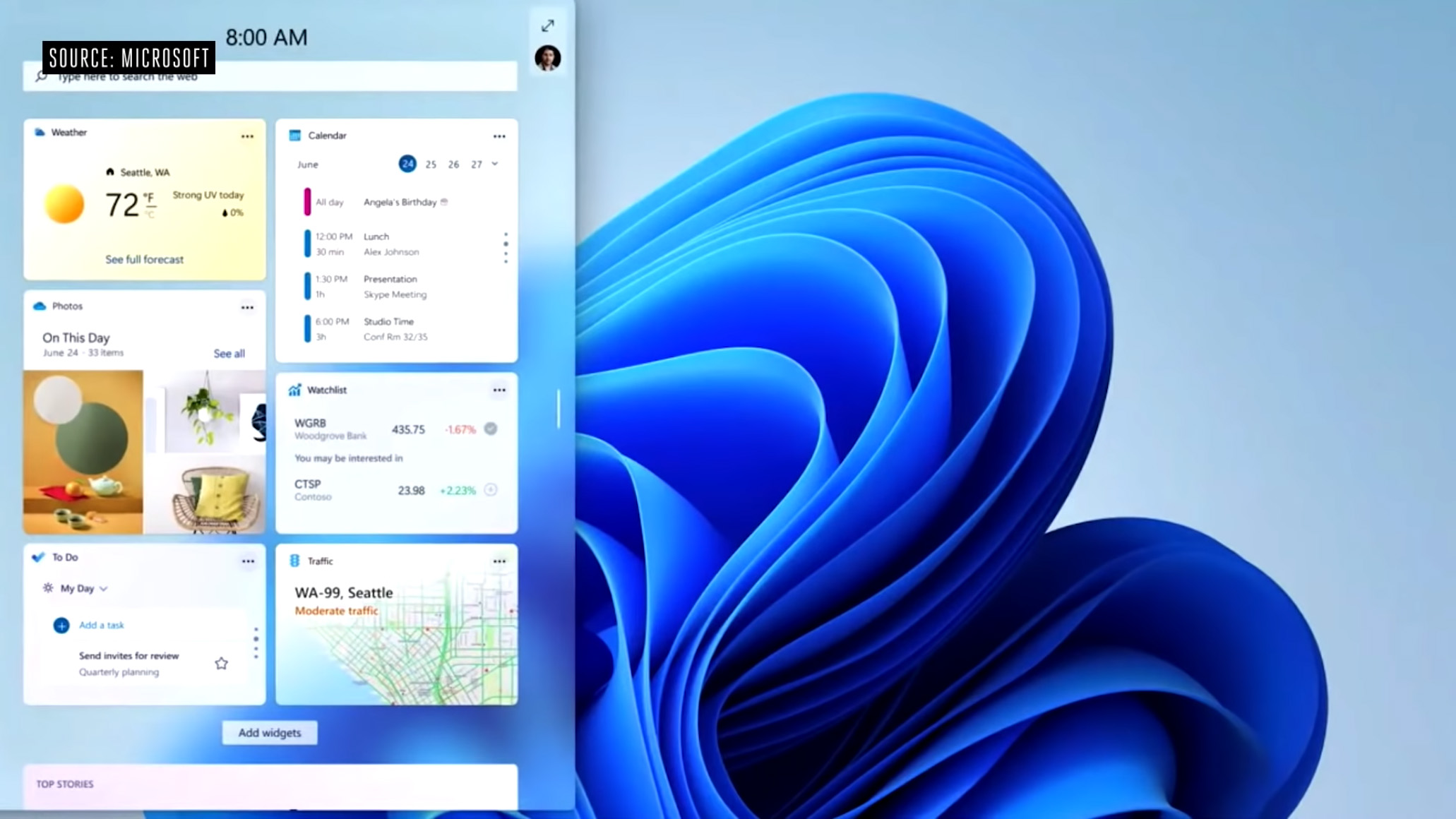
Widgets is a personalized AI-powered feed that builds on the widgets already introduced in Windows 10. Weather, news and maps widgets will be included with Windows 11 from the outset. The Widgets panel will slide in from the left of screen, with the option to display it full-screen.
7. Improved touch and gesture control
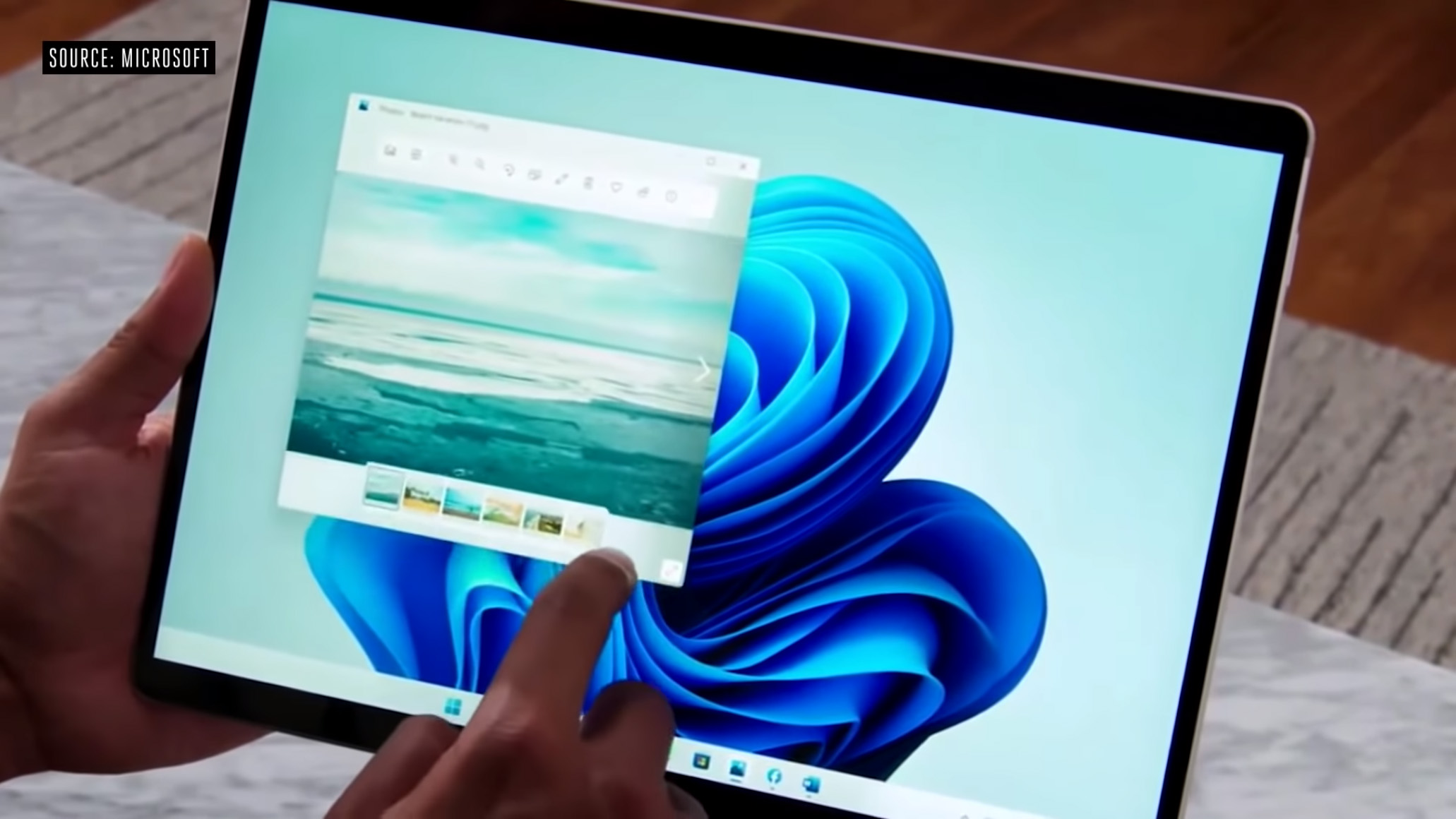
In an effort to make Windows 11 work more cohesively than Windows 10 across desktop and mobile devices, Windows 11 will intelligently adapt from conventional to tablet mode, rather than flipping between the two modes like in Windows 10. Gesture control is also said to be improved, and touch targets will also be enhanced. Pen-based input will also see an ergonomic enhancement in the form of haptic feedback support, and voice typing is also said to be more accurate.
8. Gaming enhancements
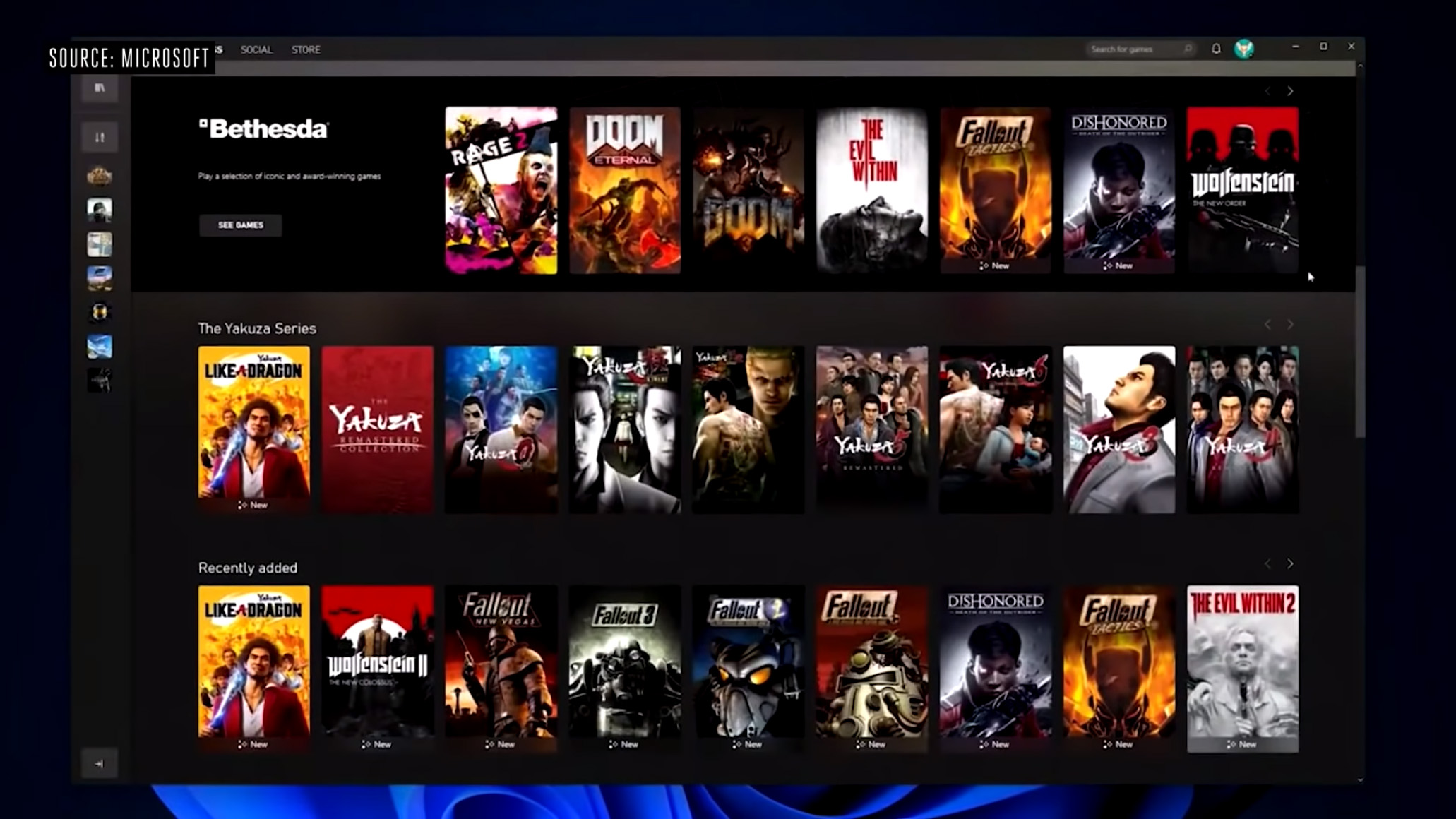
Xbox Game Pass – Microsoft’s game subscription service - is to be integrated into Windows 11 as part of a new Xbox app. This will also Microsoft xCloud, which allows you to stream games from Microsoft cloud servers, competing with cloud gaming services like Google Stadia.
Windows 11 will also support DirectStorage – an Xbox Series X / S feature which makes use of the latest NVMe SSD drives in order to turbocharge game load times. Game developers can reportedly code new titles to reduce load times even further.
9. New app store
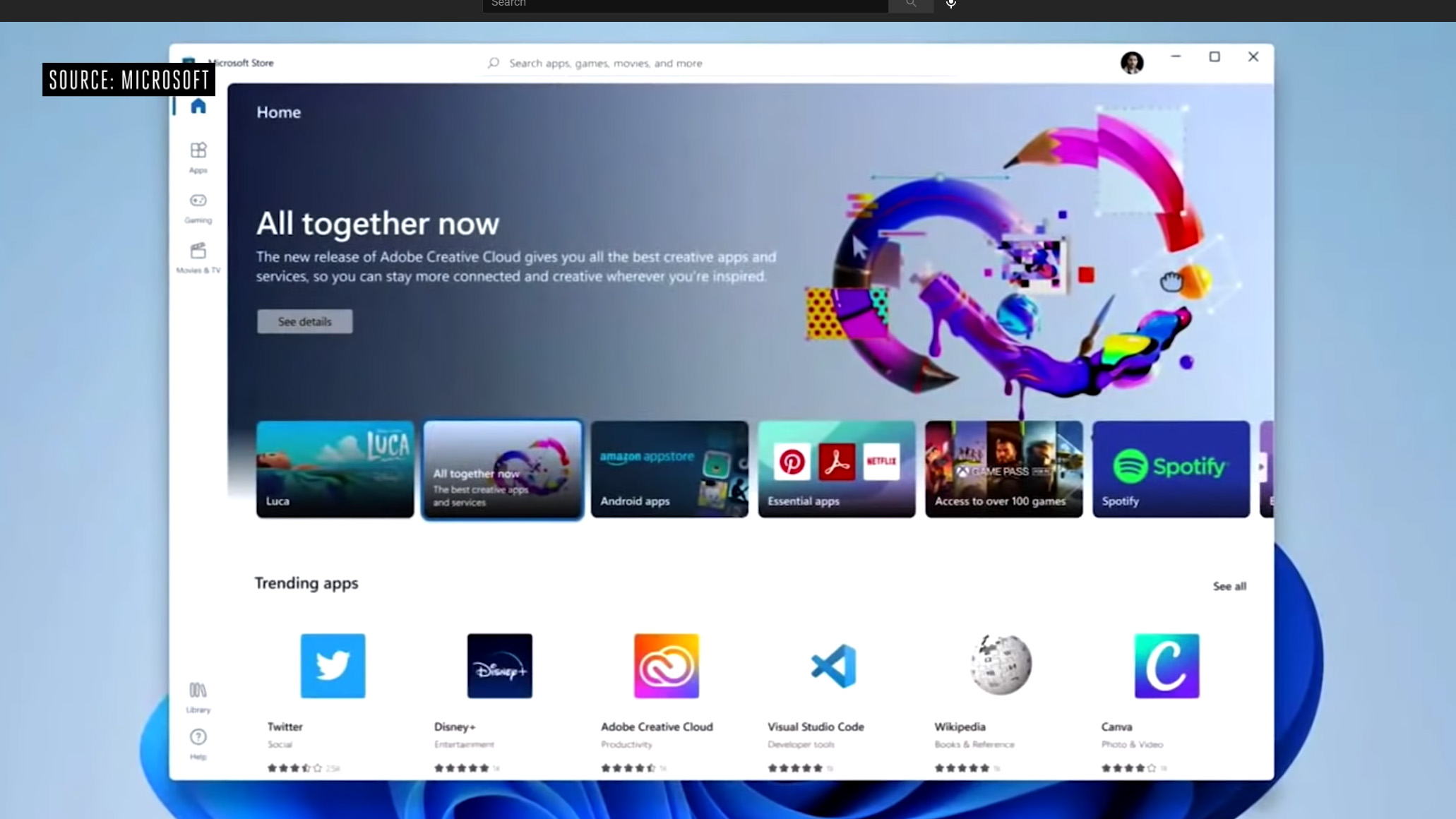
The Microsoft Store is set to receive a redesign and will support many more apps than previously in Windows 10. Apps like the Adobe Creative Suite will now be downloadable via the Microsoft Store, while app developers will also be free to implement their own payment systems and Microsoft won’t take a cut from app payments.
10. Support for Android apps
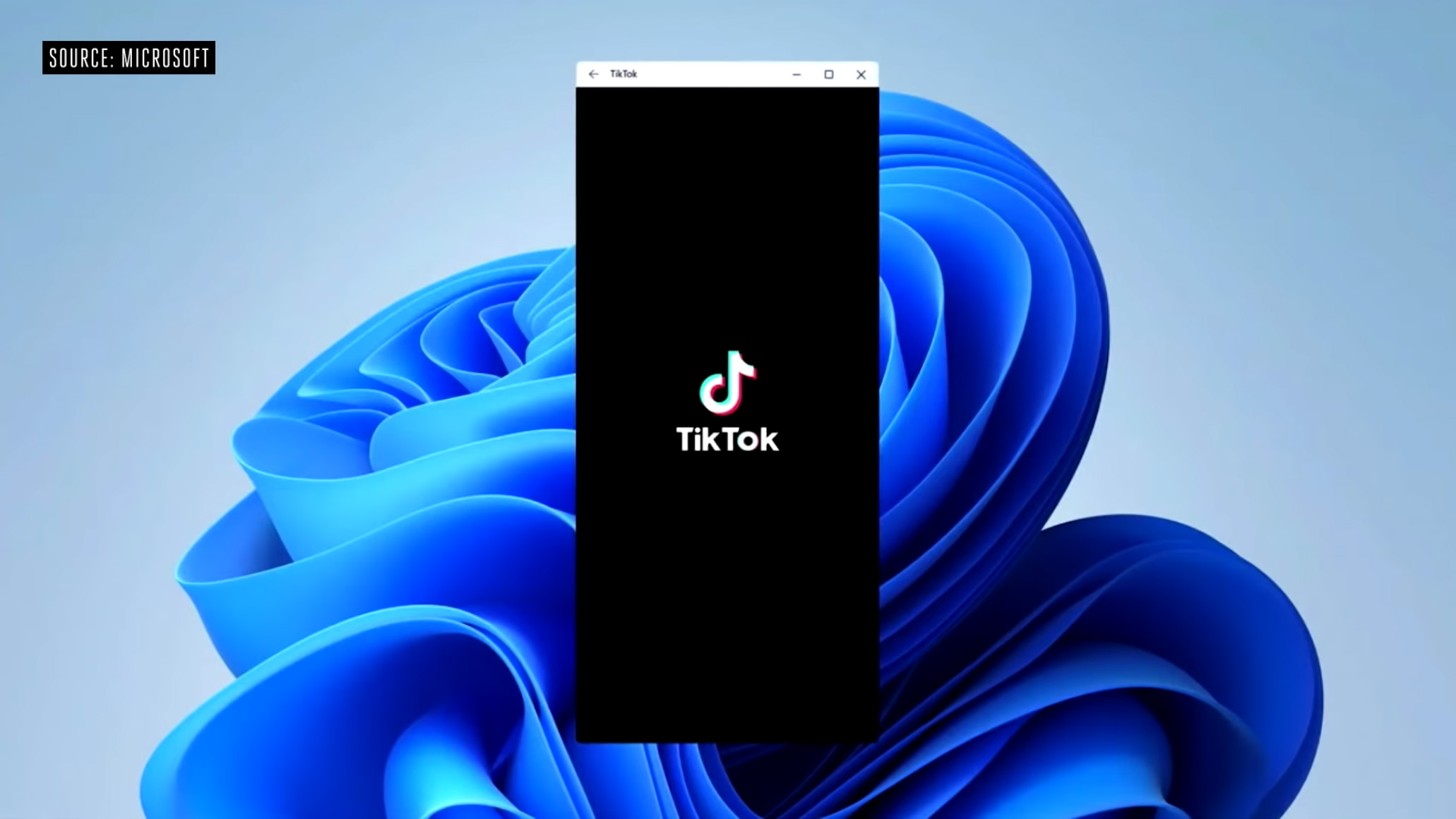
Want to use Instagram or TikTok on your Windows PC as well as your mobile device? You’ll be able to with Windows 11. Microsoft has partnered with Amazon and Intel to develop Intel Bridge, which can run Android apps alongside native Windows software in Windows 11. It’s perhaps not the most surprising revelation that Windows 11 will be able to run Android apps, given that Apple’s M1-based macOS devices can now run OSx mobile apps, but the feature is nevertheless a hugely useful and important inclusion with Windows 11 and further integrates the desktop and mobile computing spheres.
11. Pricing and availability
Windows 11 is expected to be rolled out as a free upgrade for existing Windows 10 users, just as Windows 10 was originally presented as a free update for Windows 7, 8 and 8.1 users. An official release date has not been revealed, but rumor has it that we’ll see retail availability of Windows 11 by the end of the year.
Read more:
The best photo-editing laptops
Best external hard drives for photographers
The best drawing tablets for photo editing
The best mouse for photo editing
The best monitors for photographers in 2021
The best photo-editing software
Ben is the Imaging Labs manager, responsible for all the testing on Digital Camera World and across the entire photography portfolio at Future. Whether he's in the lab testing the sharpness of new lenses, the resolution of the latest image sensors, the zoom range of monster bridge cameras or even the latest camera phones, Ben is our go-to guy for technical insight. He's also the team's man-at-arms when it comes to camera bags, filters, memory cards, and all manner of camera accessories – his lab is a bit like the Batcave of photography! With years of experience trialling and testing kit, he's a human encyclopedia of benchmarks when it comes to recommending the best buys.

